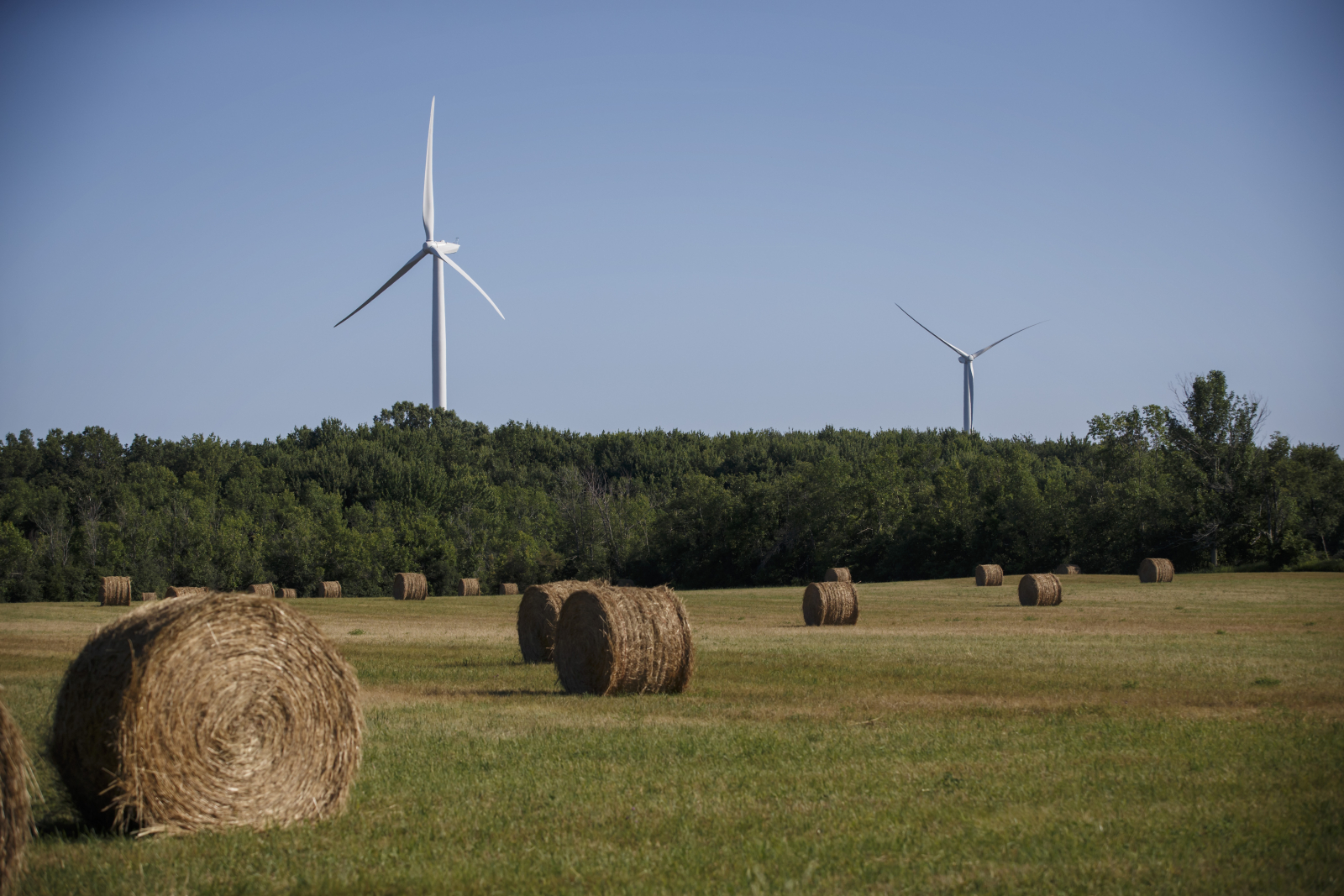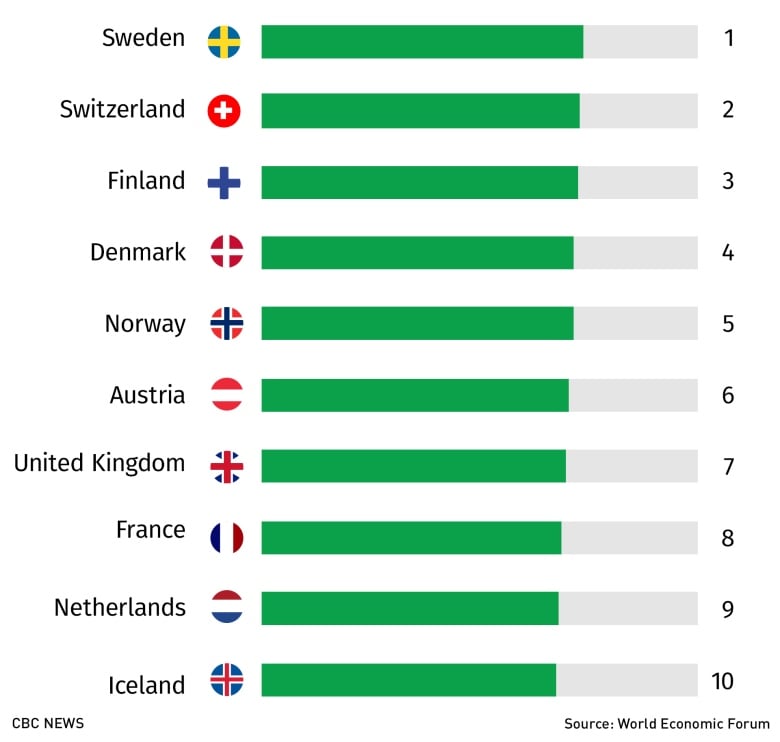The Alberta Energy Regulator has extended a waiver of many monitoring requirements to the entire industry, in what NDP Leader Rachel Notley is calling a ‘cynical’ use of the coronavirus pandemic

Environmental monitoring, such as groundwater sampling, has been suspended for Alberta’s oil and gas industry against the backdrop of the coronavirus pandemic. Photo: Sergey Mironov / Shutterstock
In the latest rollback in environmental monitoring in Alberta, the province’s energy regulator announced late Wednesday it was extending its suspension of many environmental requirements to the entire oil and gas industry.
Citing concerns about worker safety during the COVID-19 pandemic, the Alberta Energy Regulator suspended environmental monitoring requirements across the entire oilpatch, from groundwater sampling to wildlife research to tailings ponds monitoring.
Alberta NDP Leader Rachel Notley called the move “an utterly idiotic decision and an idiotic rationale,” describing it on Twitter as a “cynical and exploitative use of this pandemic.”
Writing in an op-ed in the Edmonton Journal, Archie Waquan, Chief of the Mikisew Cree First Nation, noted that “environmental monitoring is not simply a cost imposed on industry; it is a key mechanism to protect the environment and the health of communities.”
The regulator says the decisions pose a “low risk” to the environment and public health and notes that not all monitoring will be suspended. Meanwhile, critics are asking why Albertans can enjoy beers on a patio but not count birds on tailings ponds.
Wondering what this all means? Read on.
1) I thought Alberta had already rolled back environmental monitoring requirements. Does this go further?
As The Narwhal previously reported, this all started with a series of ministerial orders from Alberta Environment and Parks and Alberta Energy at the end of March.
Those orders declared numerous parts of Alberta’s legislation related to the environment were “not in the public interest” during the pandemic.
As a result, a large number of environmental reporting requirements were put on hold — from reporting water use in fracking to sulphur dioxide emissions — but companies were still asked to do the actual monitoring.
That was just the beginning.
Then came a series of announcements from the Alberta Energy Regulator at the beginning of May, just as Alberta was reopening golf courses and services at provincial parks, declaring companies operating in the oilsands would not have to complete a long list of environmental monitoring activities.
For some experts watching the developments closely, the list of suspended activities read like a “wish list” circulated by the Canadian Association of Petroleum Producers.
Now, the suspension goes further.
Much further.
These latest decisions remove some of those requirements to do environmental monitoring to the entire oil patch.
From soil and groundwater to wildlife and tailings ponds monitoring, the oil and gas industry now has an indefinite hiatus, with the regulator saying many monitoring programs are “difficult for workers to perform safely” during the pandemic.
2) But, didn’t Alberta just start its “relaunch”?
Alberta officially began “stage 1” of its relaunch strategy last week, on May 14, including allowing for the reopening of barber shops, art galleries, museums, daycares and retail businesses. Restaurants and pubs were also allowed to open, at 50 per cent capacity.
Six days later though, the Alberta Energy Regulator released a blanket announcement suspending the requirement for many environmental monitoring activities because they are “incompatible with the operators’ compliance with the COVID-19 orders and guidelines.”
This has led to much head scratching by critics.
“So, people can get haircuts in most of the province right now, but we can’t test the water supply for cancer-causing agents?” former Alberta Premier Rachel Notley asked on Twitter.
Asked about the seeming incongruence at a press conference, Alberta Premier Jason Kenney said the regulator acted independently and that he was “not exactly aware” of the specific difficulties companies would have in complying with public health guidelines while completing environmental monitoring.
3) Wait, so is all environmental monitoring suspended?
No.
The regulator has suspended environmental monitoring it considers “low-risk.”
This includes all groundwater sampling unless it is near a water well, volatile organic compound monitoring, fugitive emissions surveys carried out by third-party contractors and all soil monitoring.
“Oil and gas facilities typically have established baseline conditions and contamination spreads slowly and reducing monitoring to one event per year is considered low risk,” the regulator said in an online explanation. Other monitoring, which the regulator dubs “necessary to protect human health and ecological receptors” will continue.
But the most recent decision is extremely broad in its application, applying to the entire oil and gas industry.
The announcement applies across the industry, stating “it is not practical to name all of the operators individually that are affected by this decision because of the large number of operators.”
4) So, why is monitoring suspended?
Shawn Roth, a spokesperson for the Alberta Energy Regulator, sent The Narwhal an emailed statement about the suspensions, saying the decisions were made “to enable reasonable compliance with the COVID-19 orders issued under the Public Health Act, including guidelines issued by the Chief Medical Officer of Health.”
“While some monitoring and reporting requirements have been temporarily suspended, protecting the environment and public safety remains our highest priority,” he wrote by email.
“Monitoring and reporting requirements that are difficult for workers to perform safely while complying with the current public health orders have been suspended.”
“We have only provided temporary measures that are supported by technical experts, do not impact the [regulator’s] ability to fulfil its mandate, and are a low risk to have short- or long-term impacts.”
5) What’s so dangerous about environmental monitoring work?
Even before the relaunch, “environmental” work was officially considered to be essential by the Government of Alberta.
There is a long list of “petroleum, natural gas and coal” jobs considered to be essential services in Alberta. “Environmental services for agriculture, mining, oil and gas,” were also deemed to be essential services.
When monitoring in the oilsands was suspended, oilsands giants like Syncrude cited concerns about having contractors come on site from outside of the local area, or from out of province.
Others, like environmental consultant Charlotte Clarke, told The Narwhal they feared for their safety if they had to stay at an oilsands camp, saying it’s “like a school cafeteria.”
But others questioned why facilities would be allowed to operate, while environmental monitoring was waived, leading to questions about the safety of operations being further compromised.
“The logic behind the actions doesn’t add up,” Waquan, Chief of the Mikisew Cree First Nation, wrote in the Edmonton Journal. “Halting the use of remote monitoring equipment doesn’t protect health. And monitoring is even more critical to protecting human health when companies reduce personnel and alter operations at facilities in response to the COVID-19 crisis, increasing the potential for incidents.”
6) Why is environmental monitoring deemed unsafe, but other work can go ahead?
David Spink, a retired Government of Alberta employee and former director of air and water approvals, told The Narwhal he questioned the idea that monitoring work couldn’t be done safely when it came to oilsands projects.
“I find it somewhat hard to accept that we can have construction workers doing work on an expansion to our condo building but the oilsands industry can’t have contractors come in and do some of the monitoring that is required,” he said.
“Having done and seen some of this monitoring it can be done very safely in the context of social distancing and minimal interactions,” he added.
Others, like Shaun Fluker, an associate professor of law at the University of Calgary, pointed to a perceived disconnect between these announcements and decisions made in other parts of the province.
Fluker pointed to other activities deemed essential and the hazards facing workers. “The province is OK with letting Cargill operate,” he said, alluding to the largest single outbreak of COVID-19 in Canada, in a meat-packing facility in High River, Alta.
Meanwhile, he said, bird monitoring was suspended in tailings ponds at Alberta’s oilsands.
“There’s a real divergence there and it’s hard to reconcile.”
7) Is this going to matter in the long run?
The Alberta Energy Regulator doesn’t think so.
For example, monitoring of birds landing at tailings ponds in the oilsands has been suspended. The regulator says in a bulletin posted online that “the loss of one season of data is considered low risk.”
Similarly, for groundwater sampling, it says “missing one sampling event is considered low risk.”
Mandy Olsgard, a risk assessment specialist and former senior environmental toxicologist with the Alberta Energy Regulator, wasn’t so sure. She told The Narwhal she was concerned that while temporarily stopping some monitoring may not pose a huge issue in the long run, other data is critically important to assessing risk to public health and the environment.
“It will affect the quality of the monitoring data sets for this year,” she said.
Others, like Barry Robinson, a Calgary-based lawyer with Ecojustice, previously told The Narwhal that, without many monitoring programs, there’s no way of telling what’s going on.
“You just won’t know what’s happening,” he said.
8) What’s the rest of North America doing?
According to Randy Christensen with Ecojustice, Alberta’s measures were even more sweeping than the rollbacks seen in the United States under President Trump — and that was before the latest announcements.
What’s happening in Alberta, he said, was “more far reaching than what happened in the U.S.”
“It certainly creates an opportunity for companies to get away with a lot of stuff,” he added.
Similarly, Keith Stewart of Greenpeace Canada told CBC he wasn’t aware of any other jurisdiction in the world that has gone as far as Alberta to roll back environmental monitoring during the pandemic.
Even so, the Alberta Energy Regulator maintains that the environmental monitoring suspensions won’t lead to issues for the environment and public health in the province.
“The [regulator’s] mandate is to protect public safety and the environment — and we continue to fulfil this mandate throughout these unprecedented times,” Roth said by email.
That still leaves some, like Robinson, wondering why environmental monitoring has been reduced while industry has been largely encouraged to continue full steam ahead.
“If the operation is running, the monitoring should be running,” he said.
SOURCE








/https://www.thestar.com/content/dam/thestar/news/world/2016/06/07/ontario-government-staff-bbms-email-open-to-public-privacy-commissioner/brian-beamish.jpg)
 Further, the Adjudicator found the IESO and Bruce Power rationale for suppressing information about the price of power from rebuilt Bruce reactors to be without substance. She noted that contrary to the IESO’s assertions, “I find that the amount of information already disclosed is not adequate to address the public interest considerations.” She also found Bruce Power’s assertion that disclosing the information would somehow raise electricity prices rather baffling, noting “neither the IESO nor Bruce Power provided particulars that support their concerns about this.”
Further, the Adjudicator found the IESO and Bruce Power rationale for suppressing information about the price of power from rebuilt Bruce reactors to be without substance. She noted that contrary to the IESO’s assertions, “I find that the amount of information already disclosed is not adequate to address the public interest considerations.” She also found Bruce Power’s assertion that disclosing the information would somehow raise electricity prices rather baffling, noting “neither the IESO nor Bruce Power provided particulars that support their concerns about this.”









